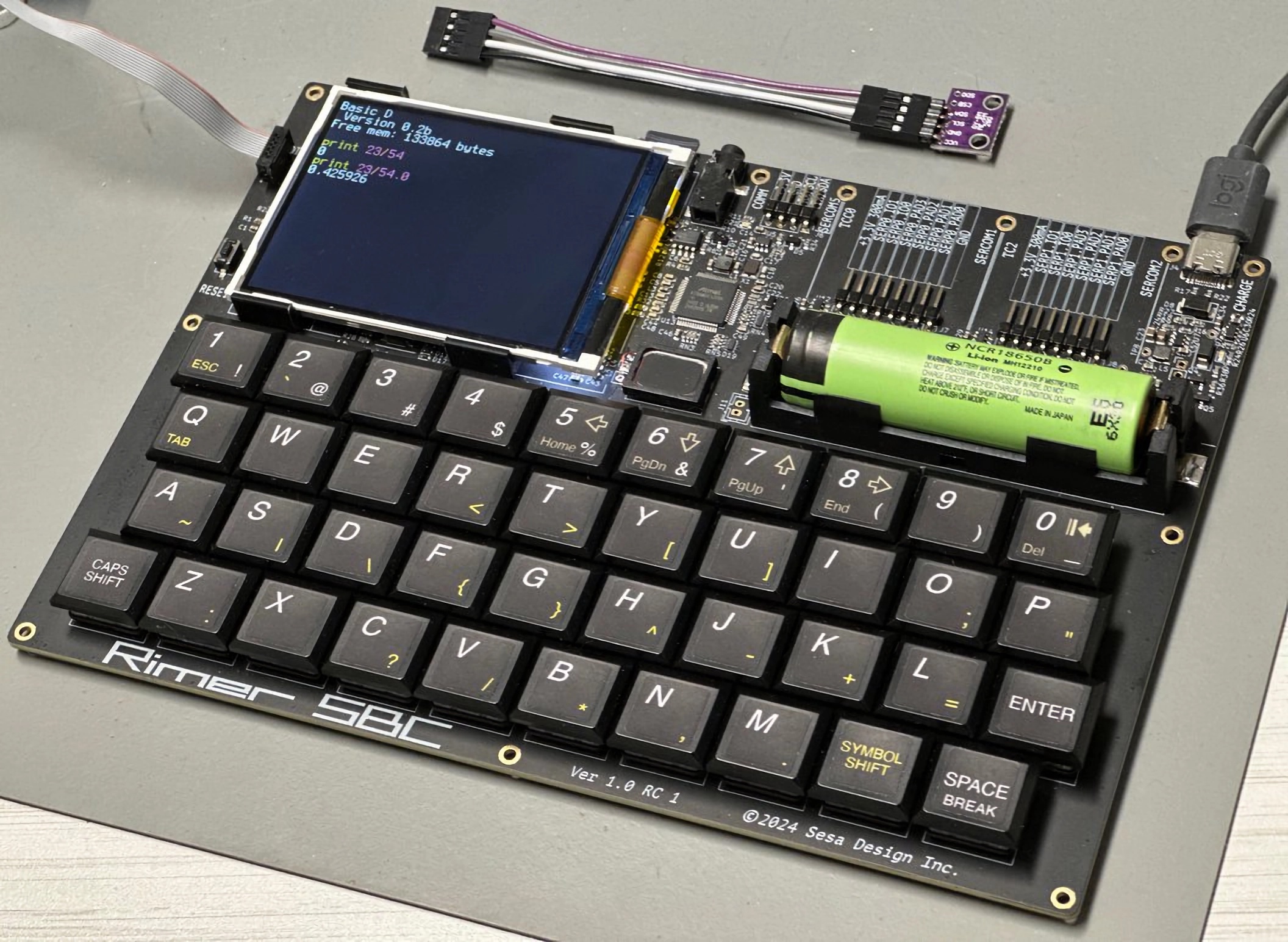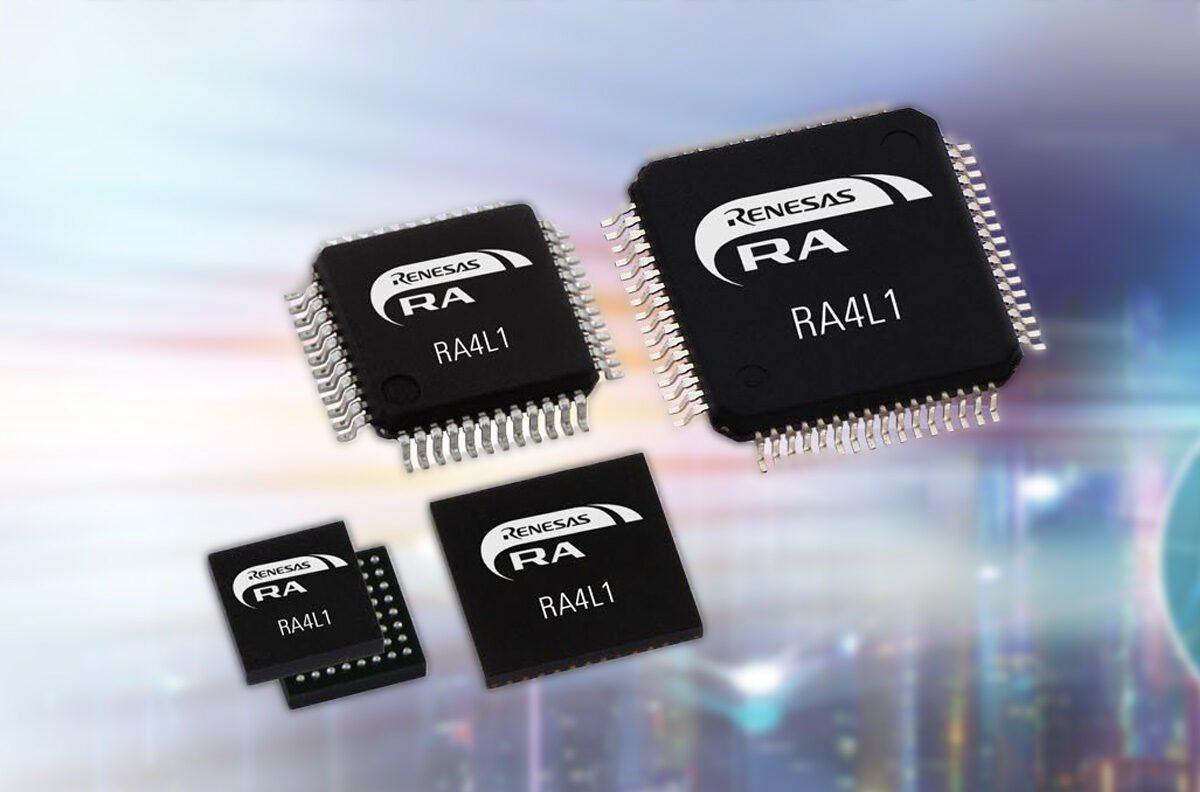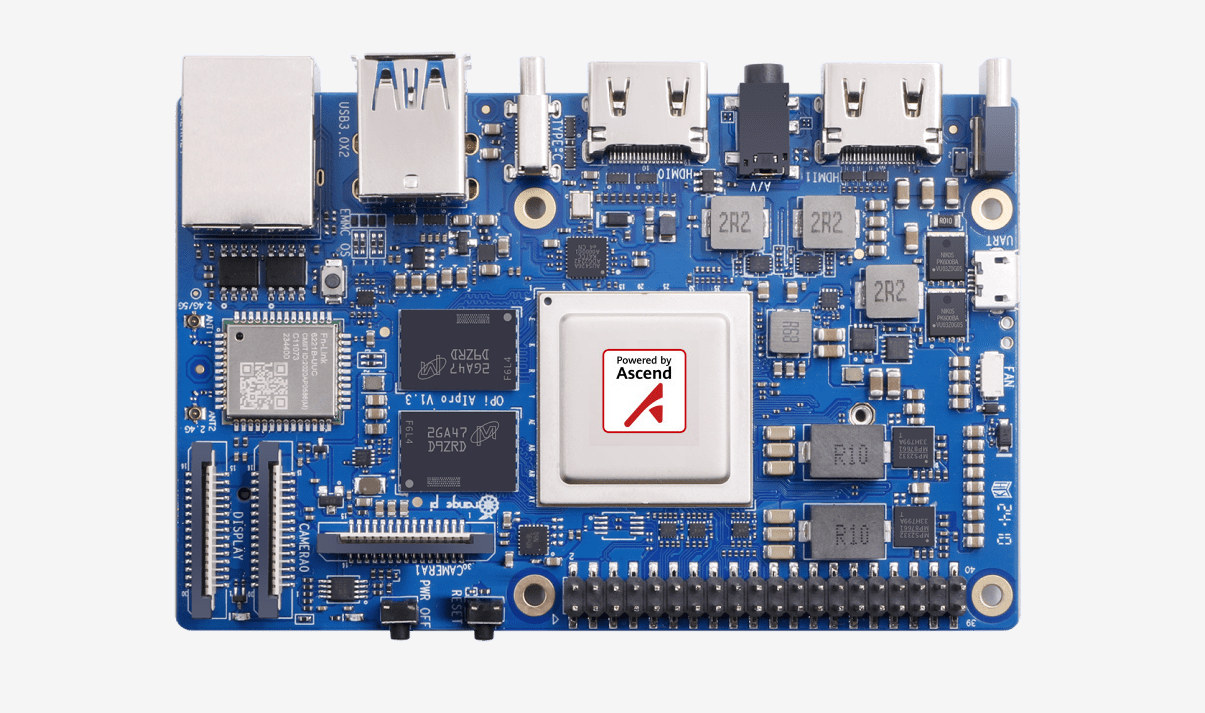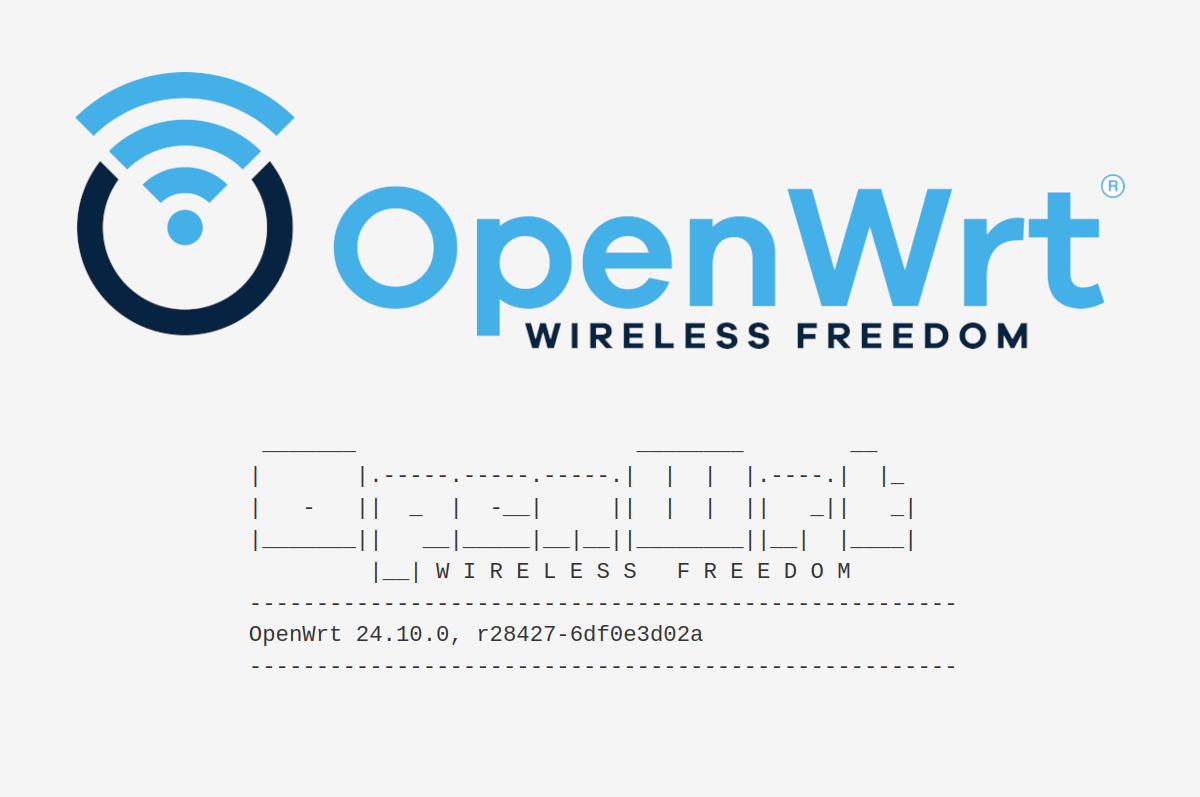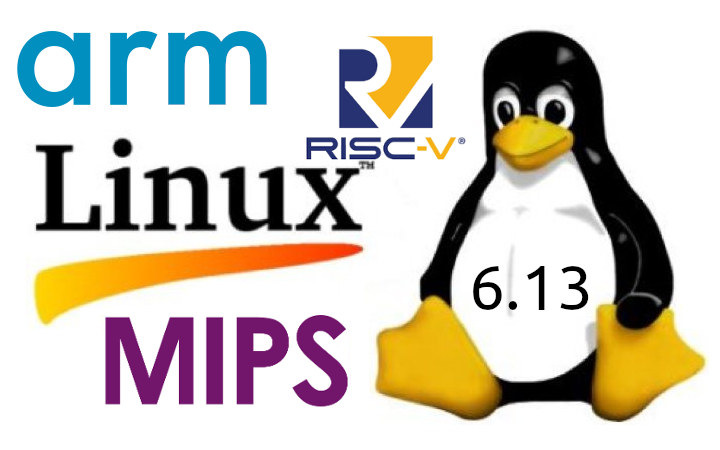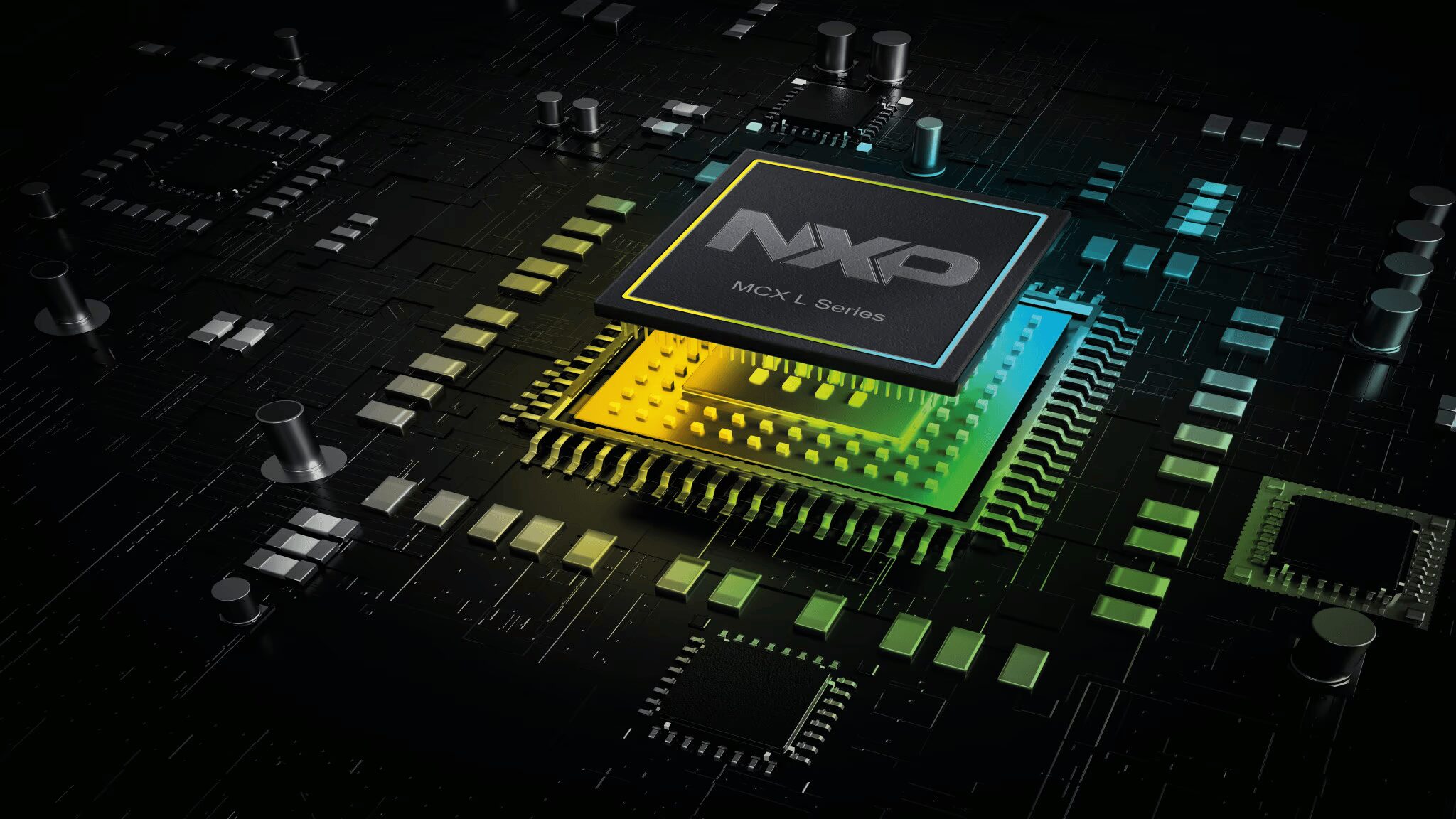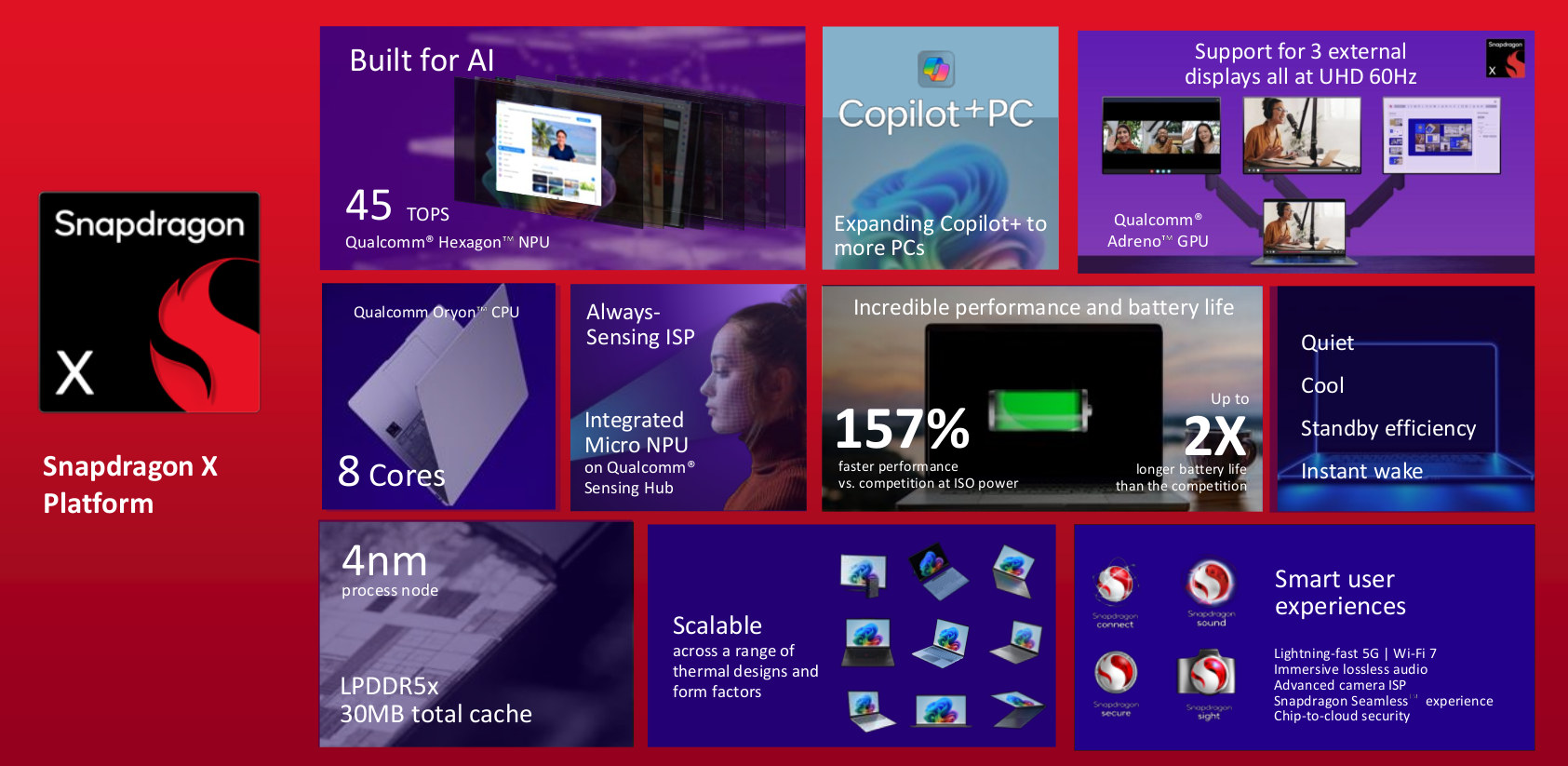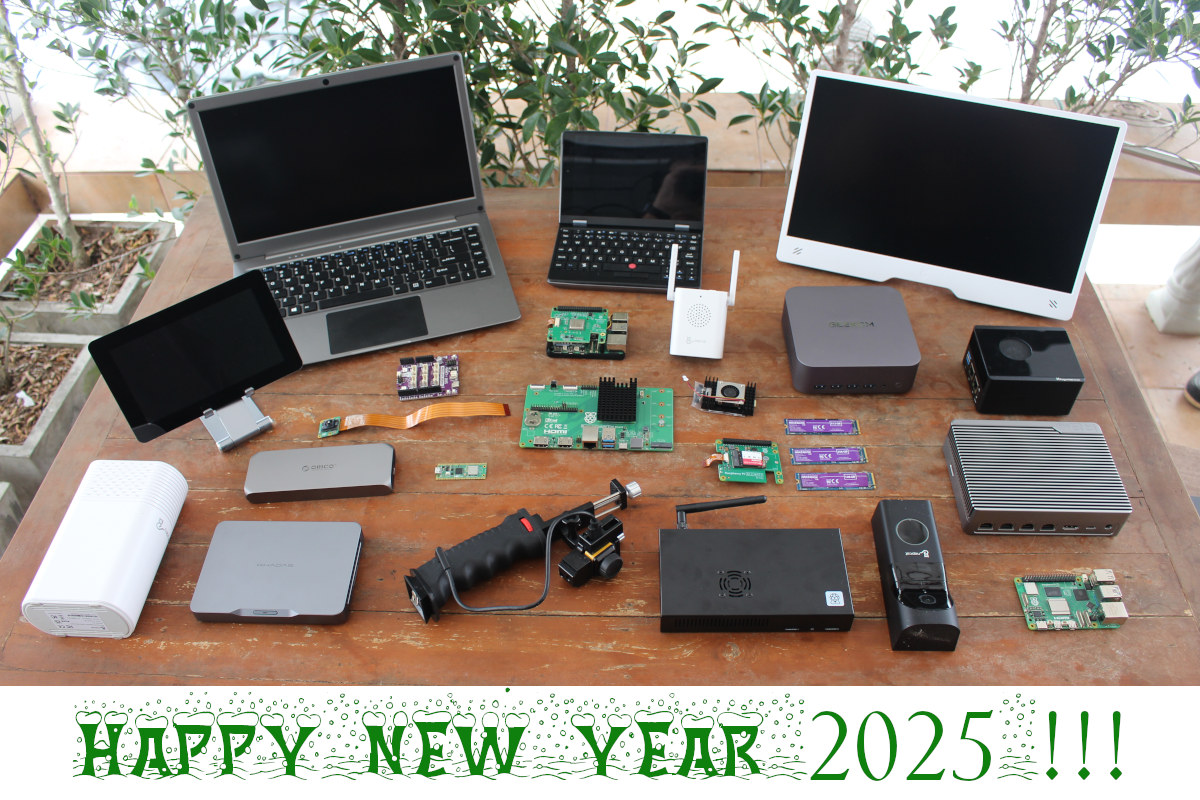The Rimer SBC is a development board based on a Microchip SAMD51 Cortex-M4 microcontroller and designed as a complete standalone playground with a built-in display, keyboard, audio input and output, a few I/Os, and a 60x20mm LiPo battery or an optional 18650 battery holder. It is specifically based on the Microchip ATMSAMD51J20A microcontroller, running at 120MHz with 1MB of flash memory and 256KB of RAM, and utilizes many of the peripherals available in the TQFP64 package. The board includes a 3.2-inch 320 x 240 IPS TFT LCD connected via high-speed SPI and a 40-key mechanical keyboard scanned via an I2C GPIO expander. It also features an amplified 700mW speaker output and buffered analog input and output is routed via the 3.5mm audio jack. The Rimer SBC’s standalone nature makes it suitable for on-the-go development, rapid prototyping, and educational purposes without the need for external hardware. The maker also plans to […]
Renesas RA4L1 ultra-low-power MCU family offers 168 µA/MHz operation, dual-bank flash, capacitive touch
Renesas has recently introduced the RA4L1 ultra-low-power Arm Cortex-M33 MCU family along with two evaluation/development boards. This new lineup consists of 14 ultra-low-power devices based on an 80 MHz Arm Cortex-M33 processor with TrustZone support and designed for metering, IoT sensing, smart locks, digital cameras, and human-machine interface (HMI) applications. The RA4L1 MCU family offers high power efficiency at 168 µA/MHz while active and a standby current of 1.70 µA while retaining SRAM. Additionally, they support segment LCD, capacitive touch, USB-FS, CAN FD, low-power UART, multiple serial interfaces (SPI, QSPI, I2C, I3C, SSI), ADC, DAC, real-time clock, and security features like the RSIP security engine with TRNG, AES, ECC, and Hash. Renesas RA4L1 microcontroller Renesas RA4L1 specifications MCU core Arm Cortex-M33 core (Armv8-M) Up to 80 MHz operating frequency Arm Memory Protection Unit (MPU) 8 secure regions (MPU_S) 8 non-secure regions (MPU_NS) CoreSight ETM-M33 Dual SysTick timers (secure & non-secure) […]
Orange Pi AIPro (8T) SBC features a 8 TOPS Huawei Ascend AI SoC, runs Ubuntu or openEuler
Orange Pi AIPro (8T) is a new single board computer for AI applications that features an unnamed Huawei Ascend AI quad-core 64-bit processor delivering up to 8 TOPS (INT8) of AI inference performance, although there’s also a 20 TOPS (INT8) variant of the SoC. The SBC comes with up to 16GB LPDDR4X and a 32MB SPI flash but also supports other storage options such as a microSD card, an eMMC flash module, and/or an M.2 NVMe or SATA SSD. The board also features two HDMI 2.0 ports, one MIPI DSI connector, a 3.5mm audio jack, two MIPI CSI camera interfaces, Gigabit Ethernet and WiFi 5 connectivity, a few USB ports, and a 40-pin GPIO header for expansion. Orange Pi AIPro specifications: SoC – Huawei Ascend quad-core 64-bit processor delivering up to 8 TOPS (INT8) AI performance and equipped with an unnamed 3D GPU; Likely Ascend 310B with Arm Cortex-A76 equivalent […]
OpenWrt 24.10 released with Linux 6.6, TLS 1.3 by default, and 1970 supported devices
OpenWrt 24.10 open-source lightweight Linux operating system for routers has just been released. It’s been upgraded to Linux 6.6 from Linux 5.15 in OpenWrt 2023.05, supports TLS 1.3 by default, improves support for WiFi 6 (802.11ax), and adds initial support for WiFi 7 (802.11be). After over one year of work since the release of OpenWrt 23.05, OpenWrt 24.10 adds over 5400 commits, and the total number of supported devices is now close to 2,000 at 1,970. It’s also the first stable release supporting OpenWrt One, the router directly designed by OpenWrt developers in collaboration with Banana Pi. OpenWrt 24.10 highlights: TLS 1.3 support in default images with MbedTLS 3.6 Activate POSIX Access Control Lists and file system security attributes for all file systems on devices with big flash sizes. Needed by docker. Note this is not enabled for all targets with the small_flash feature flag, including ath79/tiny, bcm47xx/legacy, lantiq/ase, lantiq/xrx200_legacy, […]
Linux 6.13 Release – Main changes, Arm, RISC-V, and MIPS architectures
Linus Torvalds has just announced the release of Linux 6.13 on the Linux Kernel Mailing List: So nothing horrible or unexpected happened last week, so I’ve tagged and pushed out the final 6.13 release. It’s mostly some final driver fixes (gpu and networking dominating – normal), with some doc updates too. And various little stuff all over. The shortlog is appended for people who want to see the details (and, as always, it’s just the shortlog for the last week, the full 6.13 log is obviously much too big). With this, the merge window for 6.14 will obviously open tomorrow. I already have two dozen pull requests pending – thank you, you know who you are. Linus Release about two months ago, Linux 6.12 – the new LTS version – brought us real-time “PREEMPT_RT” support that had always required out-of-tree patchsets until now, the completion of the EEVDF (Earliest Eligible […]
NXP MCX L14x and MCX L25x ultra-low-power Cortex-M33 MCUs target energy harvesting and battery-powered devices
NXP Semiconductors has launched the MCX L series of ultra-low-power Arm Cortex-M33 MCUs with the MCX L14x and MCX L25x SKUs. The new series offers similar peripherals as the rest of the MCX portfolio but uses a new “power management architecture that supports always-on, battery-powered applications” The MCX L series uses a dual domain architecture, with “real-time processing and ultra-low-power sensing functions in a single device.” The Arm Cortex-M33 core supports real-time processing functions while the Arm Cortex-M0+ core offers always-on operation in the ultra-low-power sense domain. The new microcontrollers reportedly use three times less power than their predecessors. The ultra-low-power series is targeted at energy-constrained applications, powered by a battery, ultracapacitor, or power harvesting circuit. These include building control, industrial sensing, smoke and fire alarms, flow meters, smart appliances, and motion detectors. NXP MCX L14x and L25x specifications: CPU Main core: Arm Cortex-M33 microcontroller @ up to 96 MHz […]
Qualcomm Snapdragon X octa-core Arm SoC to power $600+ mainstream AI PCs with Copilot+ support
Qualcomm has unveiled the Snapdragon X octa-core Arm SoC at CES 2025 designed for mainstream AI PCs with Copilot+, which should start at $600 and up. This follows the announcements of the high-end 4.3GHz Snapdragon X Elite 12-core SoC in 2023, and the Snapdragon X Plus 10-/8-core processors last year, and should make AI PCs affordable to a wider range of consumers. The new Snapdragon X is clocked at up to 3.0 GHz, still features a 45 TOPS Hexagon NPU, supports NVMe storage, up to 64GB LPDDR5, up to 2560 x 1440 built-in displays, up to three external displays at 4Kp60, and a single camera up to 36MP resolution. Systems based on the new octa-core processor can support WiFi 7, WiFi 6E, and/or 5G LTE connectivity. Qualcomm Snapdragon X (X1-26-100) specifications: CPU – Octa-core 64-bit Armv8 Oryon processor clocked at up to 3.0 GHz (2976 MHz) with 30MB cache GPU […]
CNX Software’s 2024 Year in review, website statistics, and what to expect in 2025
That’s it! 2024 is almost over, and it’s time to reflect on what happened during the year. So I’ll look at the highlights of 2024, share some CNX Software website traffic statistics, and speculate on what may be ahead of us in 2025. Looking back at 2024 Raspberry Pi was super active this year with 22 product launches that included boards and modules like the Raspberry Pi 5 with 2GB RAM, Raspberry Pi Pico 2 and Pico 2 W, Raspberry Pi CM5, expansion modules like the Raspberry Pi AI camera, AI HAT+, and M.2 HAT+, new accessories such as the Raspberry Pi Touch Display 2 and the Raspberry Pi Monitor, and the new Raspberry Pi 500 keyboard PC among others. As usual, there was also plenty of announcement of accessories from third parties, and some boards with the new Raspberry Pi RP2350 Arm/RISC-V microcontroller. There weren’t any ground-breaking Arm processors […]


